The sector of digital marketing is one that is always moving forward and becoming more advanced. It is essential for marketers to maintain a competitive advantage by anticipating future trends and adjusting their marketing approaches accordingly to stay one step ahead of the competition. One of the most important developments in digital marketing is the trend of personalization. Using methods that are driven by data, companies have the ability to personalize their content to the preferences of each individual customer. Increased engagement and conversion rates are possible outcomes of this.
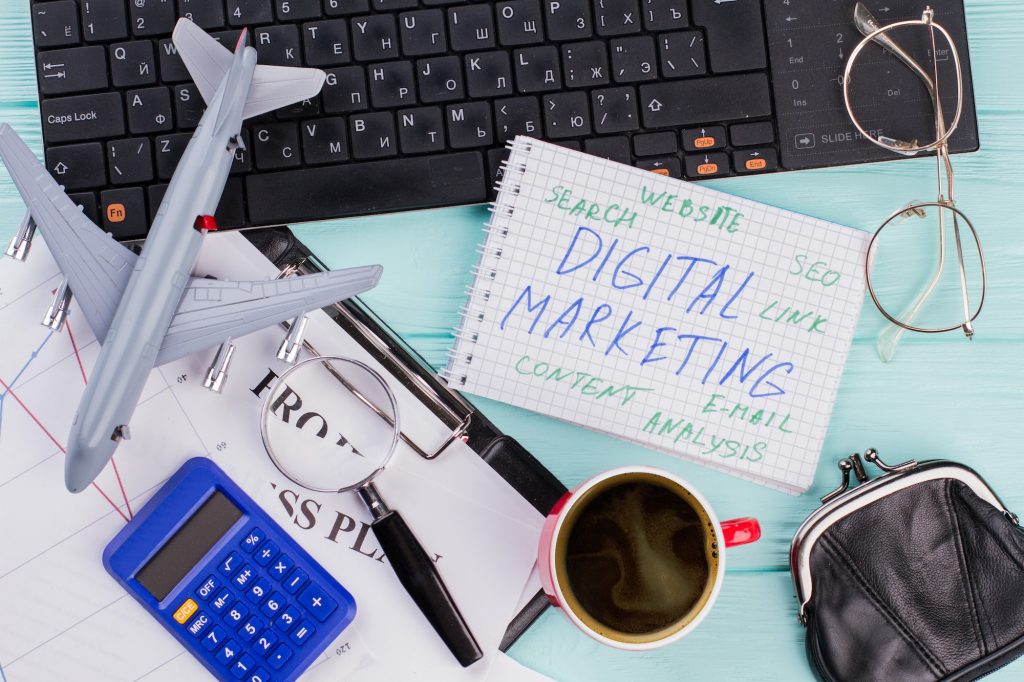
Social commerce
Using social media to sell products and services is a growing trend in digital marketing. This approach allows brands to reach consumers directly without the need for them to visit a brand website. This reduces friction in the buyer journey and makes it easier for consumers to buy.
This type of marketing strategy can be used across a variety of platforms, from Instagram to Snapchat and TikTok. It can also be tailored to the demographic of each platform. For example, brands targeting senior-level influencers would focus on LinkedIn, while those focused on millennial and Gen Z shoppers may use TikTok to create shoppable videos.

In addition, marketers can use platforms like Facebook Insights to gather demographic data about their target audience. This helps them develop highly targeted ad campaigns and ensure that their products appear in front of the right people.
Visual search
Visual search is the human ability to find a specific item in a cluttered visual environment. This is a fundamentally important capability in many real-world settings, such as airport security and radiology.
Classic, computer-based experiments have identified numerous factors that limit visual search and inspired multiple formal and conceptual models1,2,3,5. However, the degree to which these factors actually predict performance in naturalistic scenarios remains unclear.
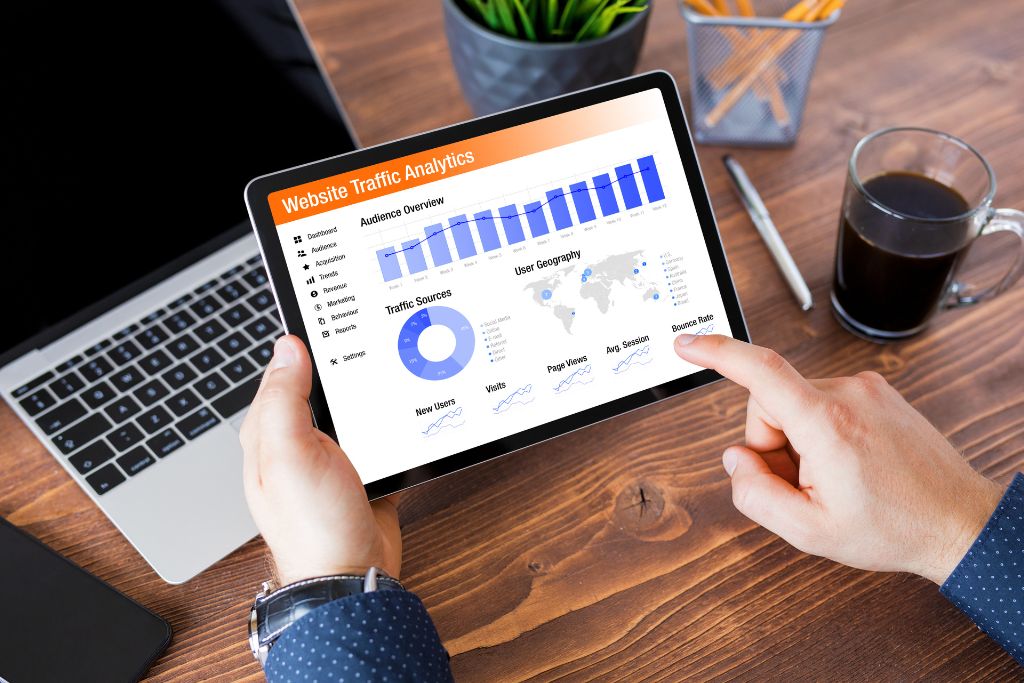
Adding visual search functionality to marketing content is an emerging digital marketing trend. It helps consumers find products they want and can increase conversions by lowering the amount of time it takes to go from seeing an item to purchasing it. It’s also a great way to reach new customers from around the globe. For example, Marriott Convoy is using the technology to add a Show Now option to their live videos.
The Metaverse
Digital marketers will use the metaverse to create immersive experiences that encourage customers to interact with brands. These virtual spaces will influence the way people shop, socialize, play, work, and communicate. People will navigate the metaverse through avatars, a representation of themselves in the virtual world.
To make the most of metaverse marketing, companies will need to rethink their messaging and customer engagement tactics. They will need to develop new metrics for success in the metaverse, such as a brand’s unique virtual assets and the behavioral economics of non-fungible tokens (NFTs).
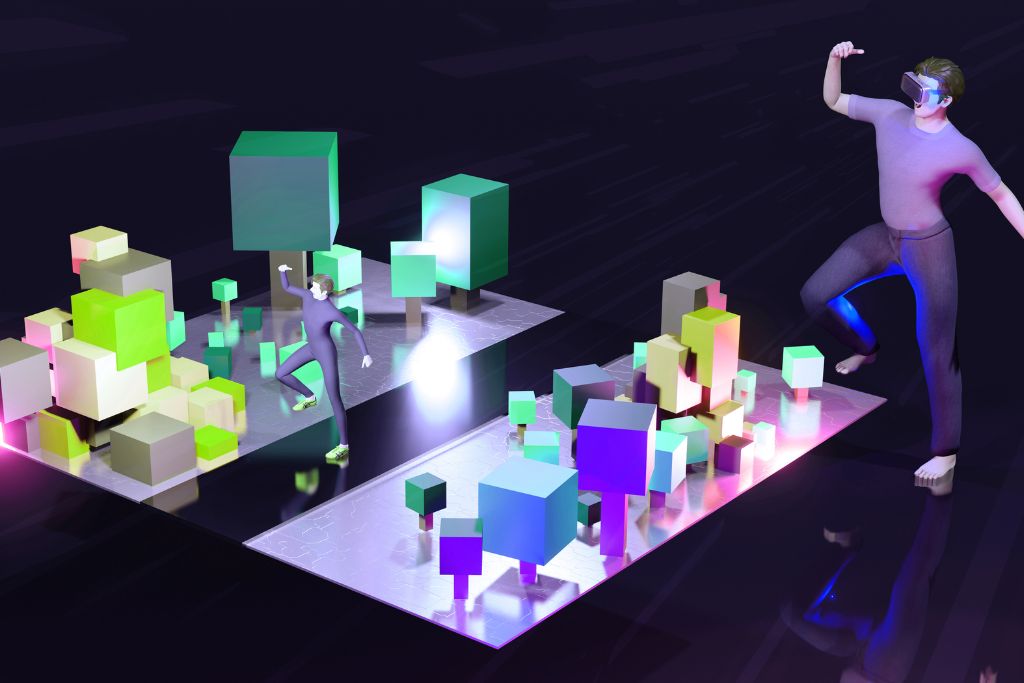
Brands can take advantage of the metaverse by offering interactive experiences, such as branded installations and events. They can also offer NFTs as prizes or rewards to existing customers. This approach is similar to the gamification of loyalty programs.
The Internet of Things (IoT)
The Internet of Things is a network of devices that connect to the Internet and communicate with one another using sensors. This allows them to share data and perform their functions without direct human intervention. The devices collect data from their environments, such as a person’s pulse from a wearable fitness tracker or the distance between a vehicle and other objects in an autonomous car.
IoT technology has already transformed our lives by making it possible to monitor, control, and automate our home and work environments. The smart home, for example, is a great example of IoT, with connected thermostats, doorbells, and smoke detectors that allow you to monitor your environment from a smartphone or computer.
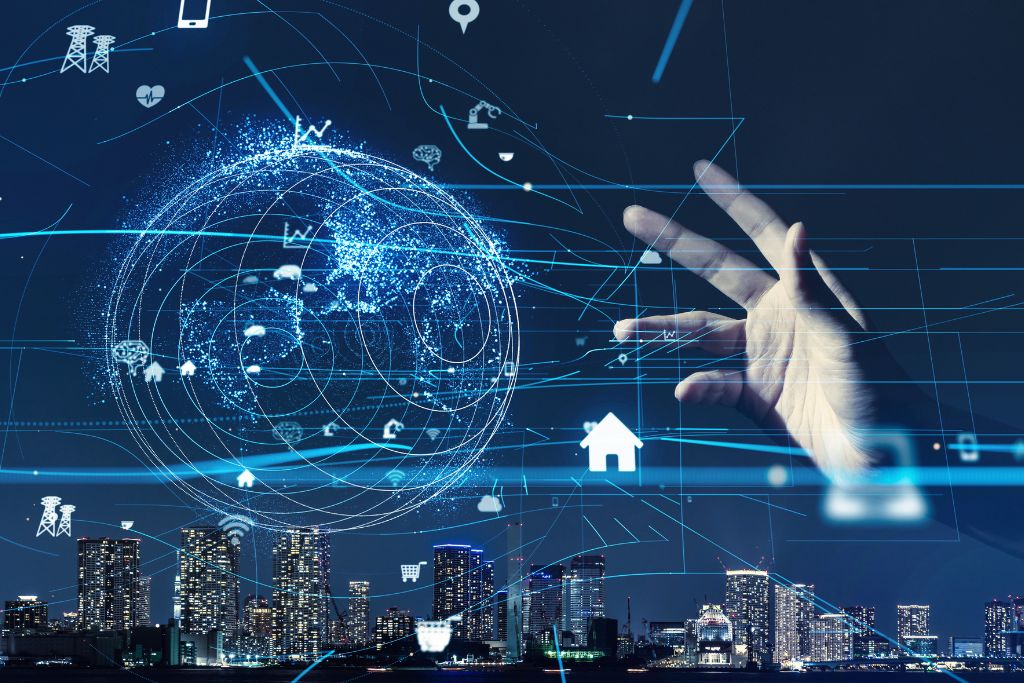
Businesses are also benefiting from IoT, with real-time analytics allowing them to understand their customers more closely and improve their services or products. However, privacy issues are a major concern.
Augmented reality
Augmented reality is one of the fastest-growing digital marketing trends. It combines the physical world with virtual information and creates unique opportunities for marketers. It is used in a number of ways, including for mobile advertising and to deliver contextually relevant content. It also allows customers to interact with products in a natural way.
Examples of AR include IKEA’s app, which enables customers to visualize furniture in their homes before buying. Similarly, some fashion brands have apps that allow customers to try on clothes before they buy them.

Other forms of AR include superimposition and location-based AR. Superimposition AR uses a phone or tablet’s camera to identify specific objects or features and overlay digital information on them. Location-based AR uses geospatial data to deliver digital images at specified locations, like landmarks or stores. It is also a popular feature in games, like Pokemon Go.
Travel’s future should be considered as we examine 2023’s digital marketing trends. “The Future of Travel – Exciting Destinations and Emerging Trends” explores the changing travel industry. Digital marketers may adapt their strategy to changing traveler tastes by studying rising trends and intriguing places. The future of travel offers new digital marketing opportunities, from immersive virtual experiences and influencer collaborations to targeted campaigns for adventurers and eco-conscious visitors. In the dynamic digital marketing landscape of 2023, marketers can use travel trends to engage and captivate people.

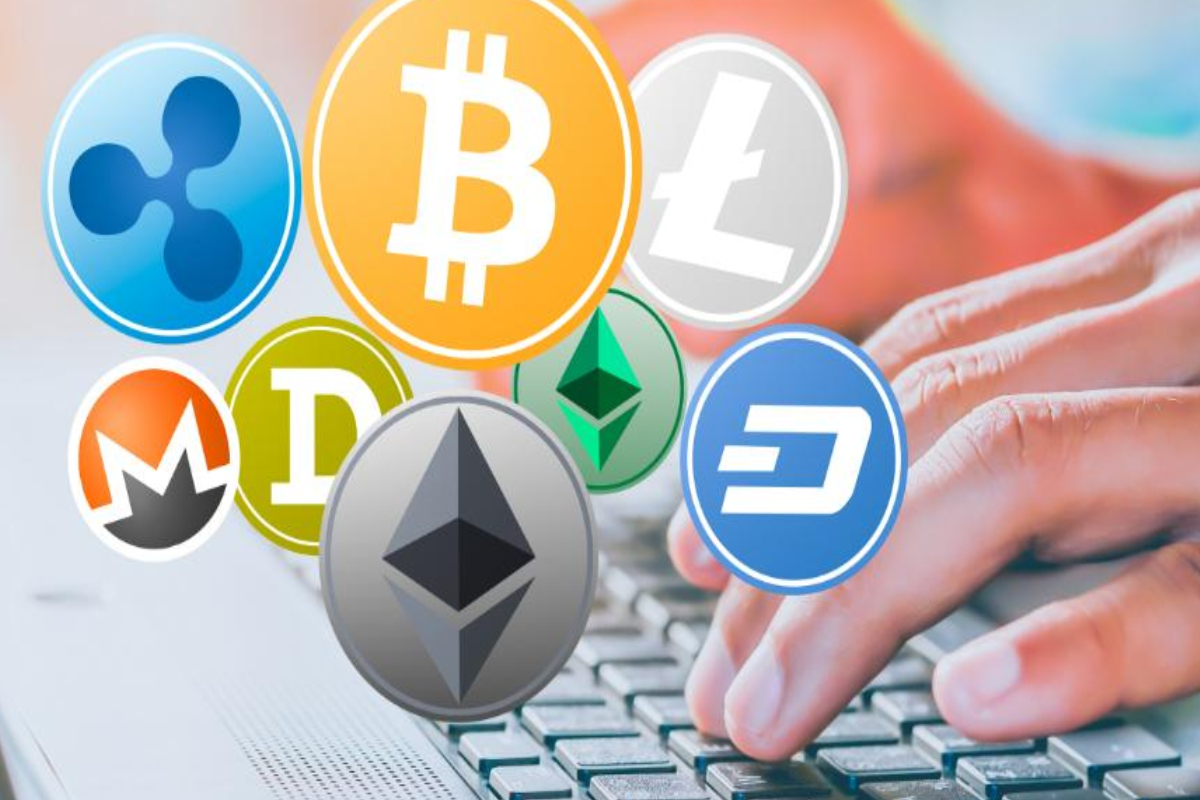





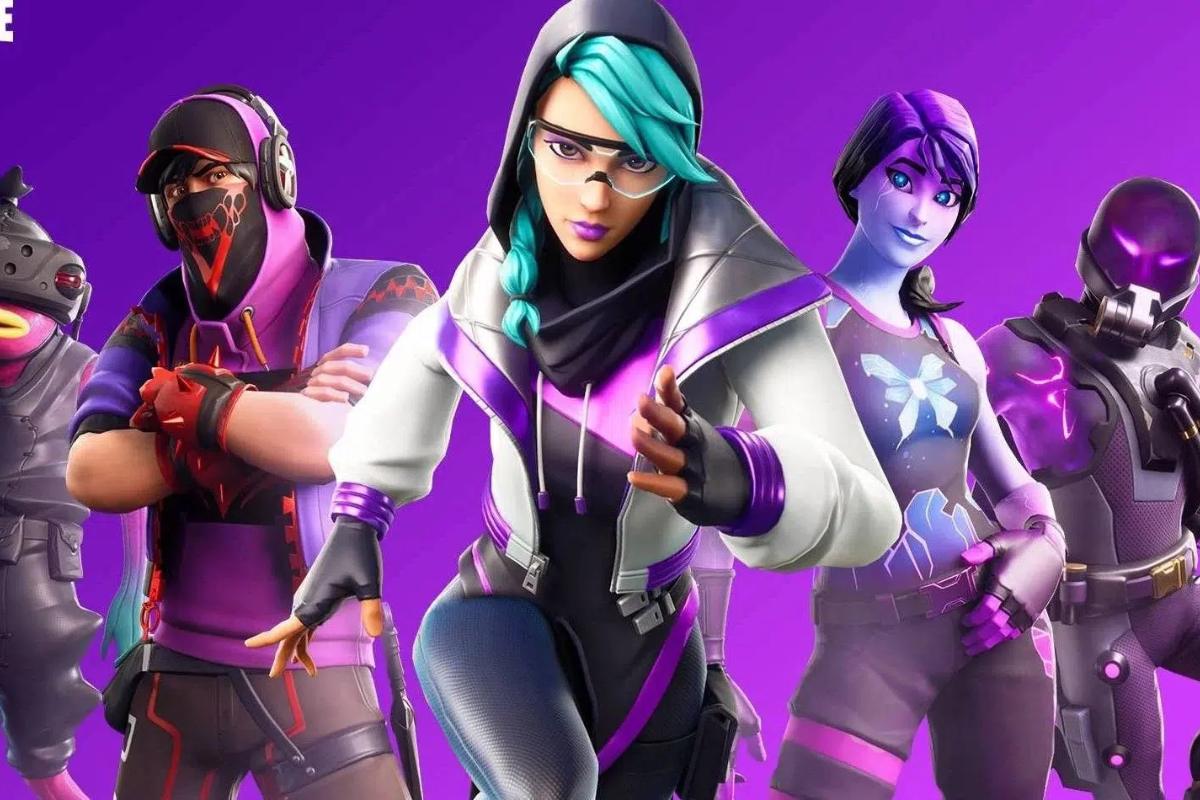


Recent Comments